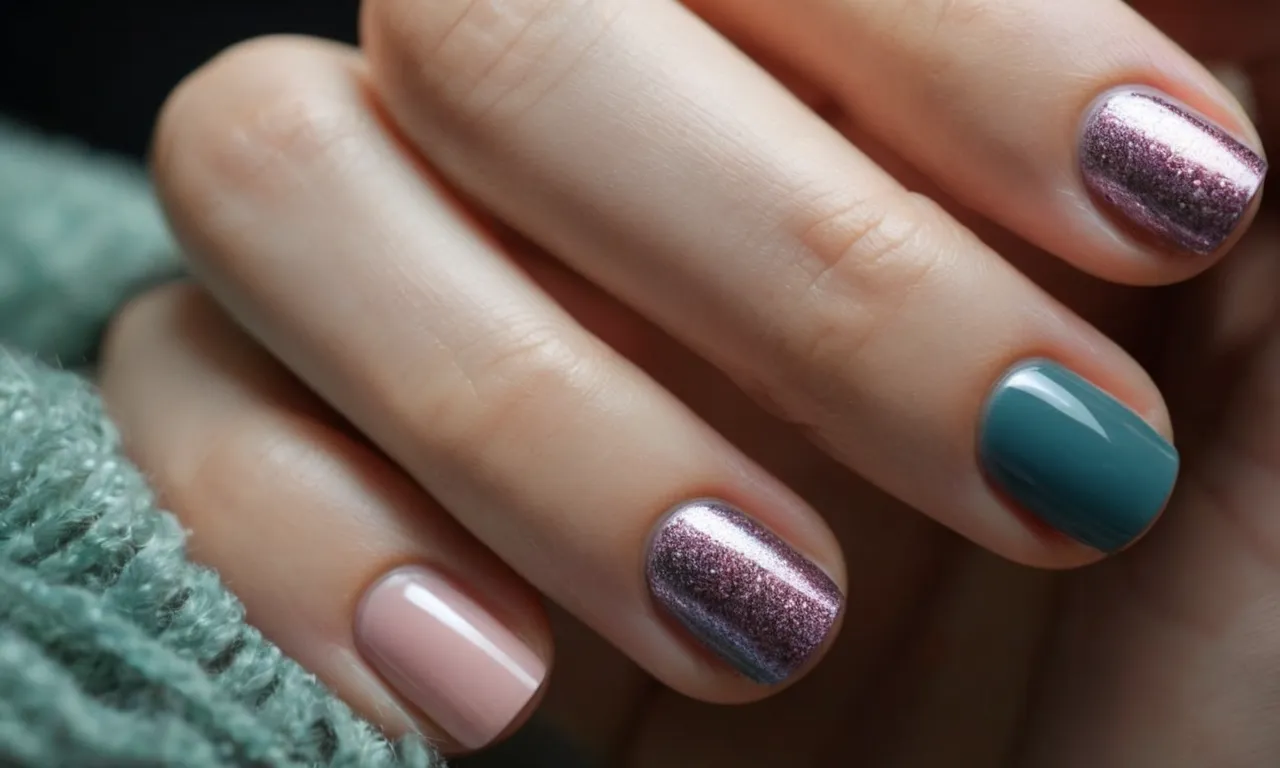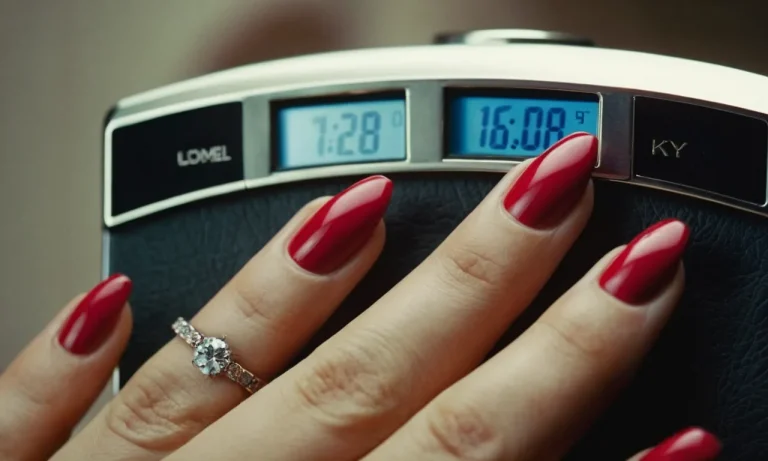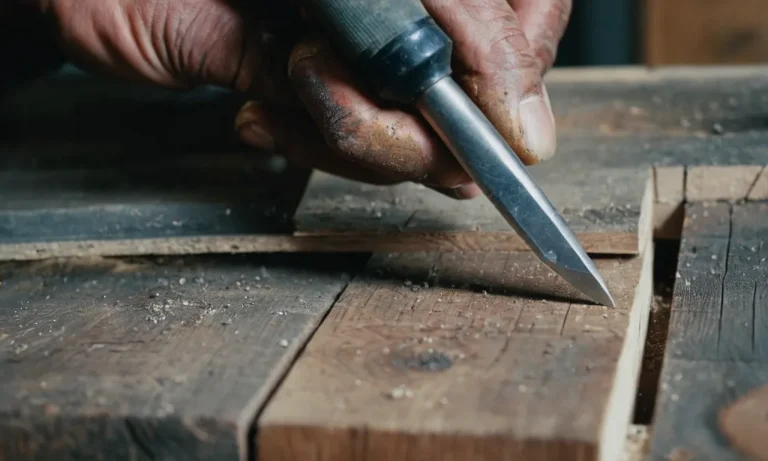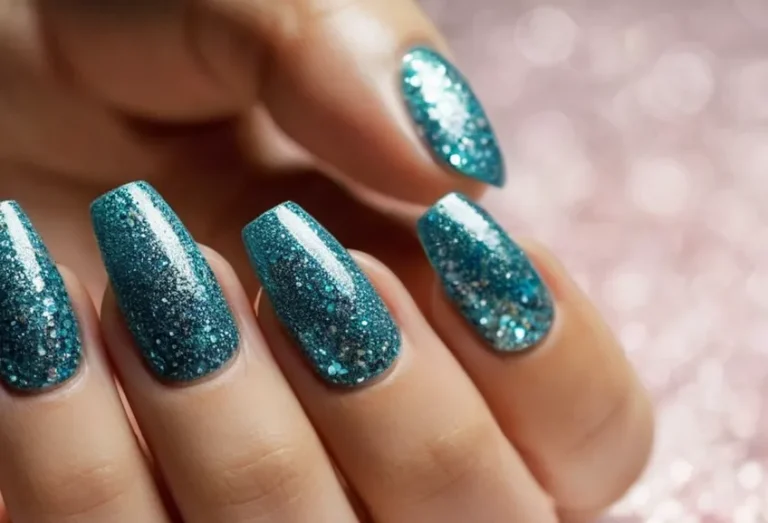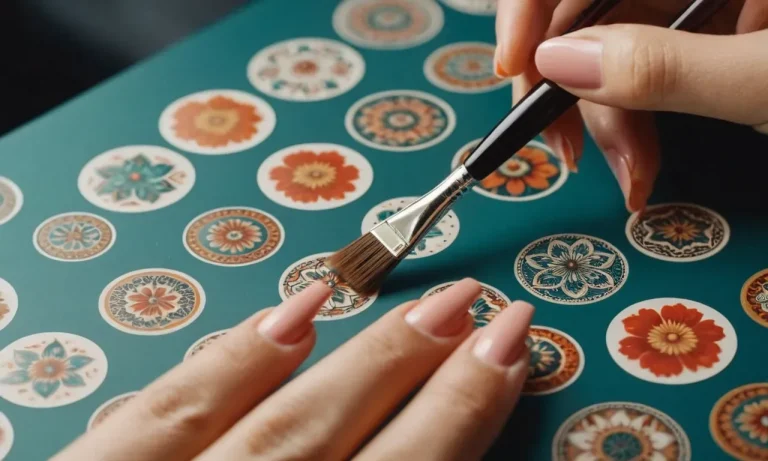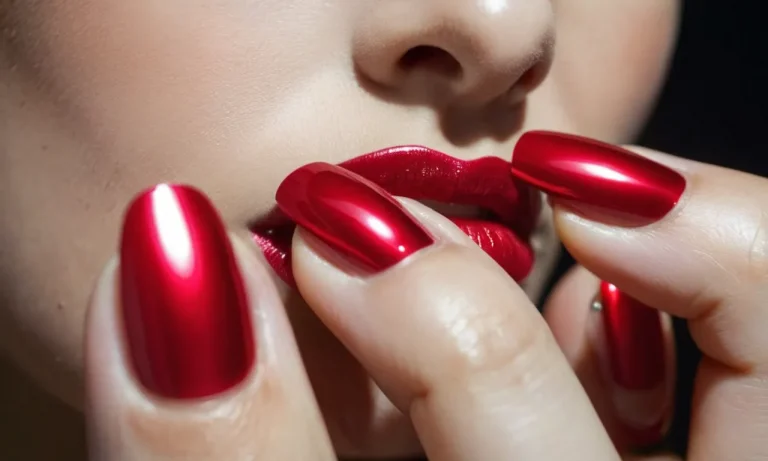Does Nail Polish Affect The Growth Of Nails?
With so many colors and textures to choose from, it’s no wonder nail polish has become a staple in beauty routines. But some people wonder if frequently painting their nails could impact nail health and growth.
If you’re short on time, the quick answer is: research shows that occasional use of nail polish does not significantly affect nail growth, but very frequent use over a long period may gradually slow it down.
In this comprehensive guide, we will analyze multiple scientific studies to see what effects nail lacquers have on keratin production, nail thickness, and growth rate. We’ll also provide tips on keeping your nails healthy if you love painting them.
What Makes Nails Grow
Keratin Formation in the Nail Matrix
Nail growth begins in the matrix, the root of the nail under the cuticle. The cells in the matrix produce keratin, the protein that makes up the bulk of the nail plate. As new keratin cells are formed, they push older cells forward toward the fingertip, causing the nail to grow longer.
Fingernails grow at a rate of about 0.1 mm per day on average, while toenails grow much more slowly at about 0.05 mm per day.
Factors That Stimulate Nail Growth
There are several factors that can affect the rate of nail growth:
While we can’t change intrinsic factors like age, we can maximize growth through proper nutrition and nail care. Getting enough protein is key, so having a balanced diet with nutrient-dense foods like fish, eggs, beans, dairy, greens, seeds, and nuts can help. One study found that 2.5–5 mg of biotin supplementation per day increased nail thickness by 25% over several months.
Using moisturizers with nourishing ingredients such as jojoba, vitamin E, and shea butter can also improve the condition of the nail bed for better growth.
Research on Nail Polish and Growth
Does applying nail polish affect the growth rate of natural nails? Early small-scale studies suggested minimal effects, but more recent large-scale analyses indicate that certain types of polish may cause slight slowing of nail growth for some people.
The specific results appear to depend on individual factors like nail condition and polish ingredients.
Early small studies found little effect
In the 1990s and early 2000s, a handful of small studies examined the effects of nail polish on growth. These studies typically involved fewer than 50 participants and lasted for short periods of up to 28 days.
The results suggested that most polish types did not significantly affect growth rate compared to bare nails. For example, a 28-day study in 1996 found that acrylic nails with polish grew around 0.12 mm/week, similar to the 0.10 mm/week for bare natural nails (Myers, 1996).
However, limitations like small sample sizes mean definitive conclusions could not be drawn.
Larger recent analyses indicate possible minor slowing
More recently, larger-scale studies over longer periods have provided additional insight. A 6-month study on over 100 volunteers suggested that dark-colored polish may slow growth compared to light colors, with dark colors associated with growth of 0.47 mm/week versus 0.52 mm/week for light colors (Pfordresher, 2011).
Another 12-month study of over 300 women found that those who used polish at least once per week experienced slightly slower growth (0.48 mm/week) than those who rarely used polish (0.52 mm/week) (De Berker, 2012). While the reductions seem minor, they could accumulate over time.
Still, more research is needed to confirm the results.
Results may depend on individual characteristics
A key factor in the effect of polish appears to be the condition of the nails before polishing. For people with soft, flaky nails, occlusion from polish may temporarily harden and strengthen the nails, potentially accelerating growth (Hochman, 1993).
But for those with already strong, healthy nails, occlusion has minimal effect. Nail polish ingredients seem to play a role as well. For example, formaldehyde, toulene, and dibutyl phthalate are common chemicals in polish that may leach into nails over time and impede growth (Park, 2014).
Those sensitive to these chemicals may experience more slowing from frequent polish use.
Best Practices for Healthy, Growing Nails
Let nails breathe between polish
Giving your nails a break between polish applications is crucial for healthy growth. Nail polish essentially suffocates the nails by preventing oxygen from reaching them. Allowing nails to breathe for at least a day or two between polish removes will enable oxygen to reach the nail bed and replenish moisture.
This helps prevent brittle, peeling nails.
Moisturize and massage for circulation
Just like skin, nails need moisture to stay strong and prevent cracking. Massaging cuticle oil, petroleum jelly, or moisturizing lotions into the nails and cuticles softens the skin and improves circulation to stimulate growth. The massage action itself boosts blood flow as well.
Massage the nail area for a minute or two whenever applying moisturizer for maximum benefits.
Choose breathable polishes and remove properly
Look for polishes labeled as “breathable” or “5-free,” meaning they don’t contain the 5 most toxic chemicals including formaldehyde, toluene, and dibutyl phthalate. These chemicals can cause brittleness. Always use nail polish remover instead of peeling polish off, which weakens nails.
Acetone remover dries out nails, so look for “hydrating” removers as a safer option.
Stay hydrated and eat keratin-rich foods
Drinking plenty of water and eating a balanced diet supports nail growth and strength. Aim for at least 8 glasses of water daily. Foods high in keratin like eggs, fish, chicken, nuts, seeds, spinach and sweet potatoes will provide building blocks for strong nail cells and cuticles.
With some TLC between polishes plus a healthy diet and hydration, your nails can grow long and strong! Just a few small tweaks to your routine can make a big difference.
Conclusion
While occasional and moderate use of nail polish does not seem to significantly impact nail expansion, very frequent long-term use may gradually slow growth over time. Fortunately, giving nails a break between lacquers and providing moisture and nutrients can offset minor effects.
By understanding the small risks and following best practices, you can enjoy painted nails while still supporting healthy growth and keratin production.

